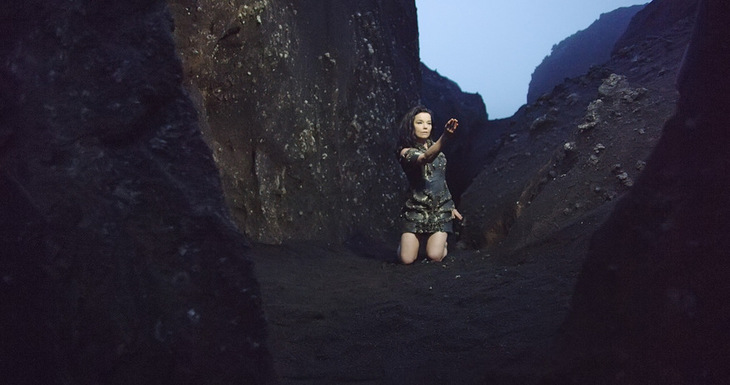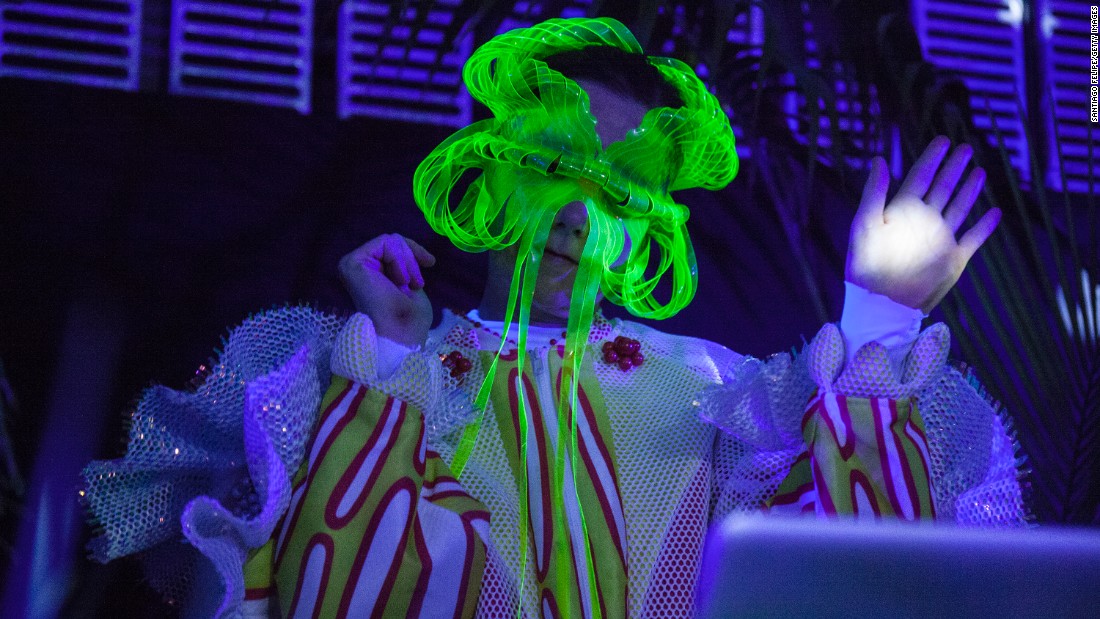Icelandic Musician Creates 3D Virtual Reality Art Exhibition
Turning music into an extrasensory experience is exactly what Icelandic musician Bjork does. With her album Biophilia released in 2011, she created a multimedia album that intertwined her albums themes with different musical concepts.

This year, 2017, she created a virtual experience for listeners that allow them to experience her as if she was live in concert using only headsets transmitted through a live feed with a computer simulation creating a Bjork “avatar” effect. Bjork performs from a remote location, that is then projected towards her viewers at an exhibition located in Los Angeles, California. Bjork currently resides in Manhattan, NY but the beauty of the piece if she could perform from anywhere where the proper environment and equipment is set up.

The exhibit itself is an excellent tribute to the musician combined with the advancements in technology especially for entertainment purposes. Attendees go in small groups from room to room, which offer increasingly extrasensory experiences. The first room is where participants spend a few minutes interfacing with the “Biophilia” apps on iPads. Then the show continues onto a track taken from her next album, “Vulnicura” where a video for “Black Lake” is viewed on a pair of ultra-wide screens on opposite sides of a darkened room equipped with 50 surround sound speakers.

Next the VR experiences begin, at first in 2D. Multiple songs from “Vulnicura” are each projected in different rooms with spinning stools – 24 to be exact, allowing all to spin in a circle taking in 360-degree views of Björk.
The next room are two person standing booths where a pair of 3D virtual reality videos are experienced, showcasing two more of her songs, with the headsets attached to the ceiling of the booth.
The last room is filled with a ton of floor pillows and a two-hour loop of Björk’s older MTV-style videos.

I have a feeling we will be seeing more extrasensory 3D virtual reality exhibitions like this one coming onto the scene in the next years as technology and the arts blend together to create interactive, full scope experiences between artist and observer.